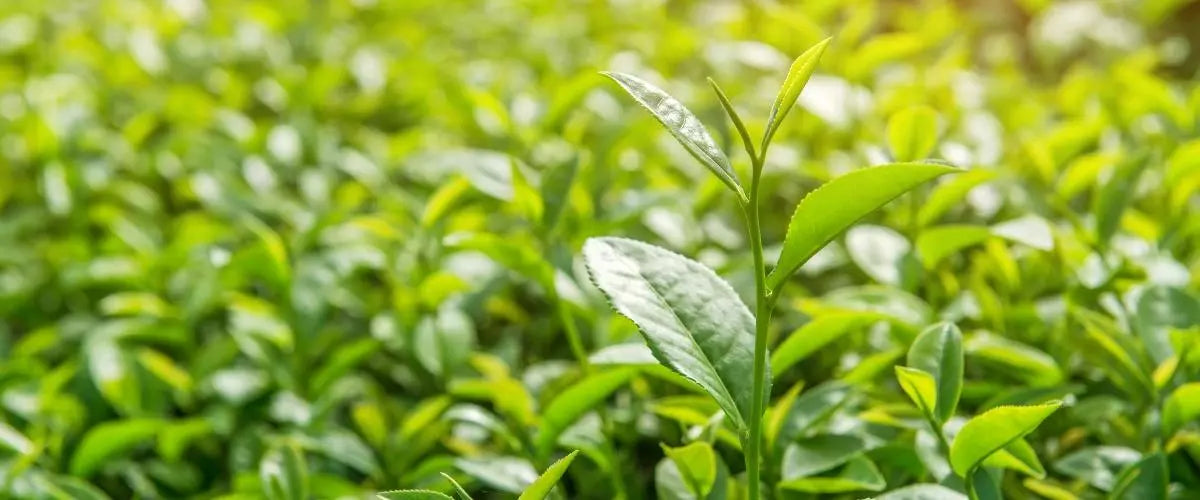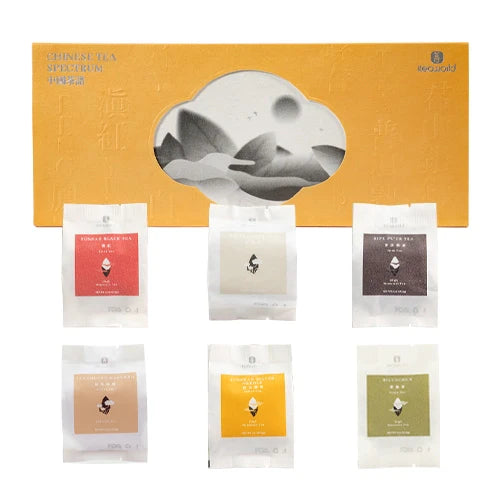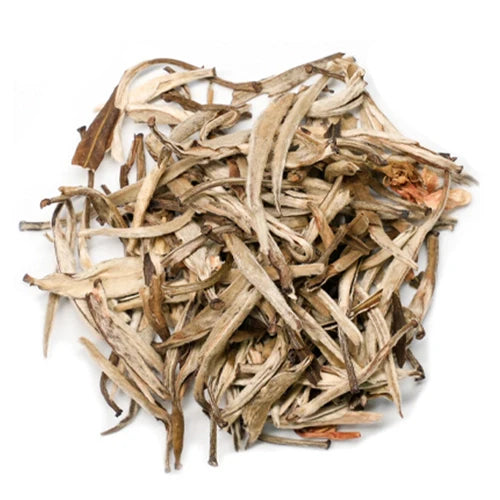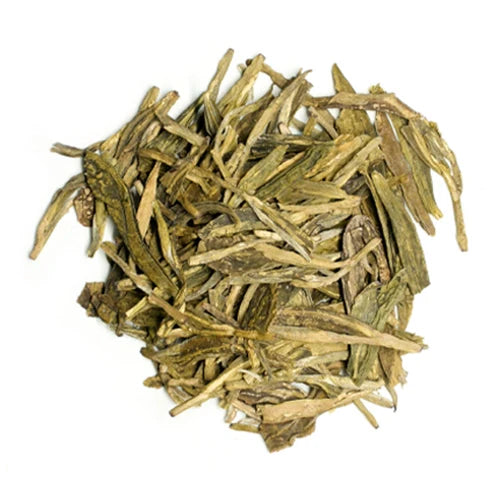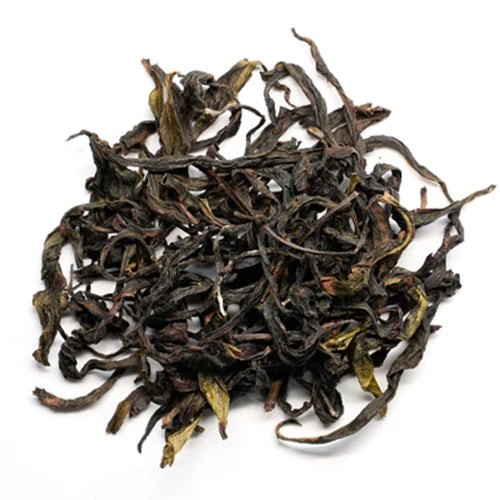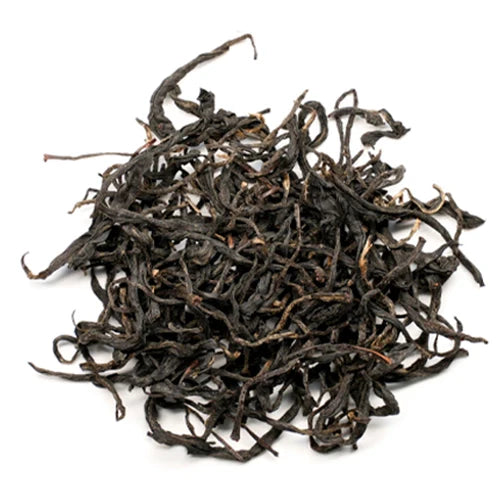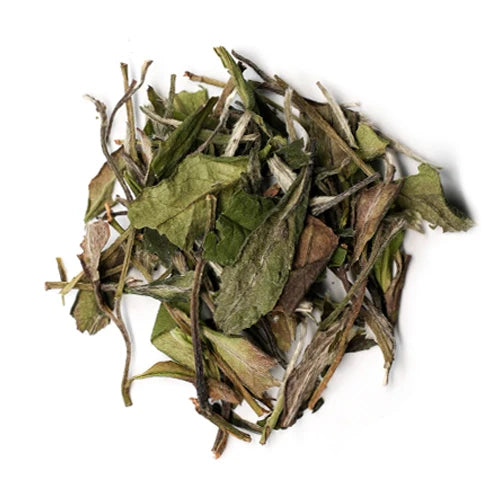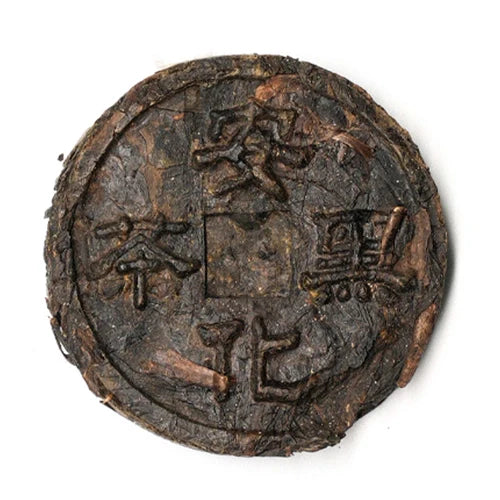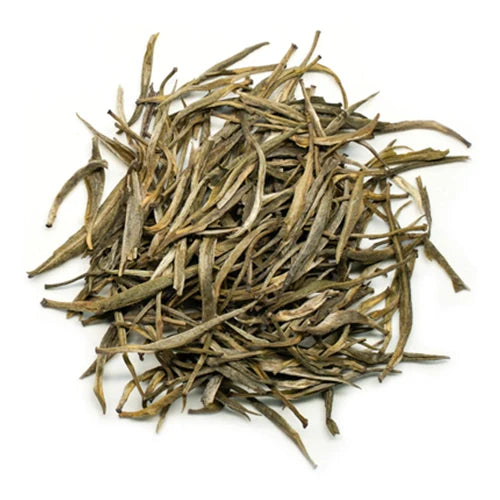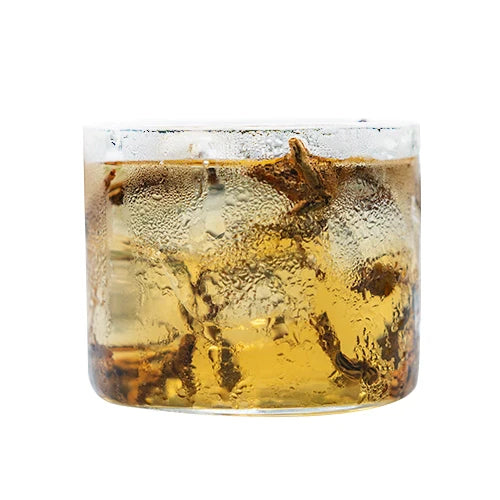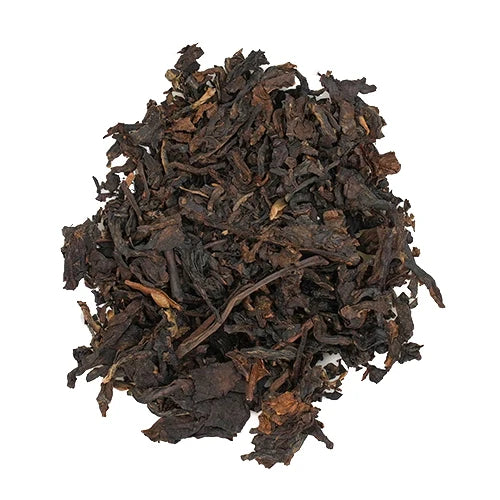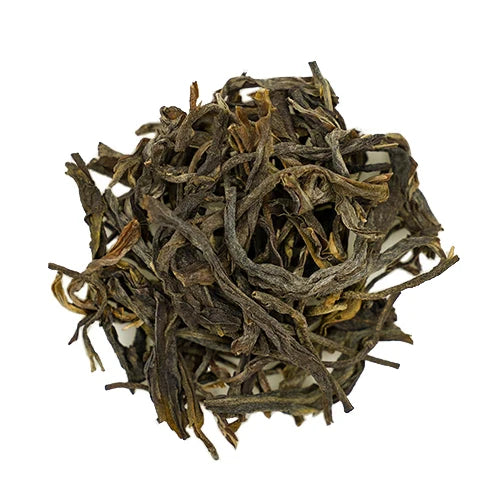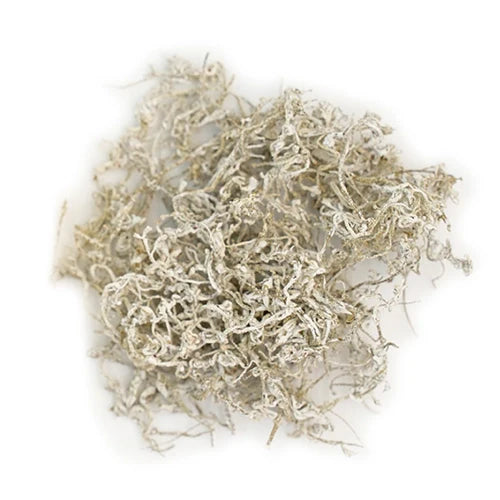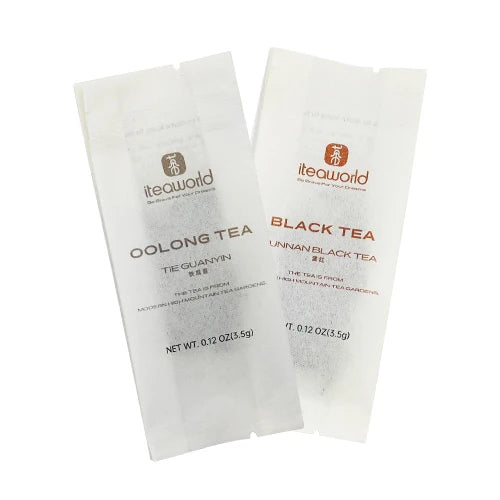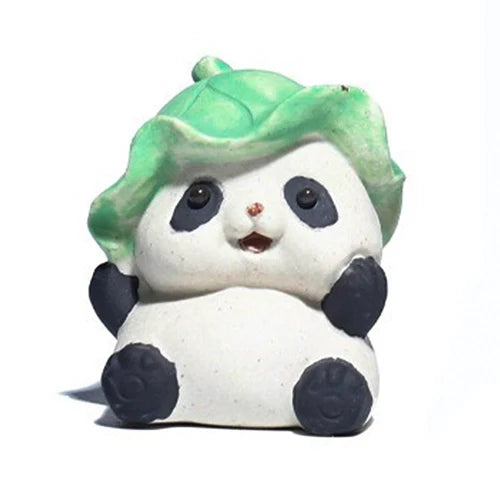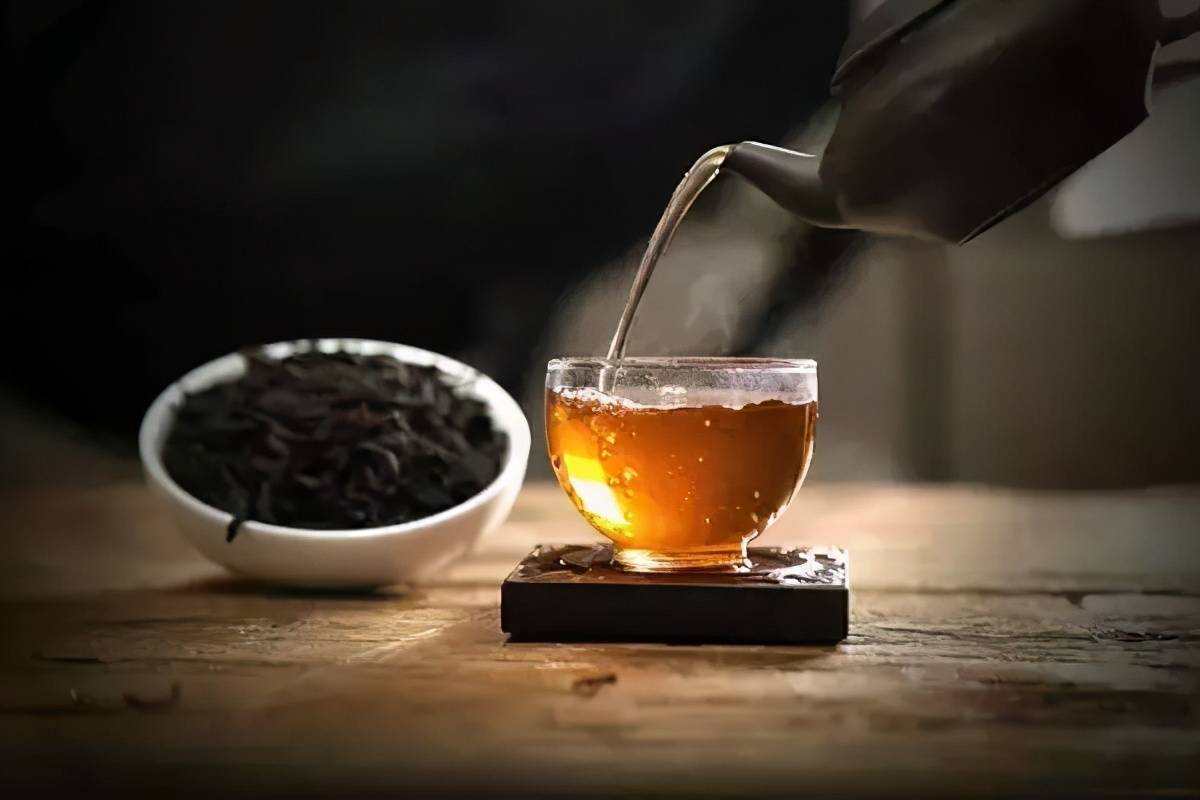
What’s Dark Tea? Mysterious Tea?
In the west the tea is called Dark Tea because Black Tea is being used to identify what is known in China as Red Tea. Instead of trying to rewrite the history of the tea terminology in the west, the tea is simply called Hei Cha, Dark Tea, allowing all other western tea terms to stay in place…for now. Dark tea refers to many different types of teas originating from various regions in China. The commonality between all dark tea is that they are all post fermented, green teas of the large leaf varieties.

The method of processing dark tea is as old as that of processing green tea. There is literary evidence of both green tea and dark tea being produced in China starting from the late Tang dynasty (618- 907). The two processing methods initially appear to be similar except for 2 points: First, dark tea must be produced from large leaf tea tree varieties; most green tea comes from small leaf varieties. Second, dark tea must be dried outdoors in the sun after processing; most green teas are dried with applied heat indoors.
There is a legend of dark tea. On the ancient Silk Road, tea caravans encountered rain. The tea moistened by rain, grew mildew and became worthless. Tea merchants abandoned the tea along the road. The following year, an outbreak of dysentery caused many deaths in the village. As there was no food to be found for the people, tea merchants gave the mildewed tea to the poor families. A miracle occurred. The sick people recovered from their illnesses thanks to the fermented teas.
The main types of dark tea are Liu Bao Tea, Liu An Tea, Fu Brick Tea, Heaven Tips Tea, etc.
Liu Bao Tea
Liu Bao Tea is named after Liu Bao village of Guangxi Province, Wuzhou District, where it was first produced. Liu Bao dates to the Tang Dynasty (618 – 907). During the Qing Dynasty (1644 – 1912), it was one of the highest prized teas. More recently Liu Bao was exported to parts of Malaysia and Hong Kong where it was mostly consumed by mine workers. Only recently has it started getting more recognition by tea connoisseurs around the world and gaining the appreciation it deserves. Liu Bao production methods have changed over time in response to industry production standards and increasing levels of demand from tea drinkers worldwide. Historically a large quantity of Liu Bao tea was exported to Malaysia. Malaysia had a large tin mining industry, and the Chinese workers in the mines would be offered Liu Bao Tea as a dietary supplement that would help refresh them, energize them, and alleviate sicknesses caused by the tough conditions in the mines. This led to the managers of the mines ordering Liu Bao Tea in wholesale quantities to keep costs down. The lower grades would be given to the workers, and the higher grades would be reserved for the owners and managers of the mines.
Liu An Tea
Liu An Tea is a famous tea originating in Anhui Province, China. Liu An Tea is produced using the later harvest of a maofeng cultivar. Liu An Tea is a much sought-after favorite among tea connoisseurs. It is a tradition to brew a piece of the bamboo wrapping with the tea together. Liu An Tea peaked during the late Ming and early Qing Dynasties. Liu An Tea’s popularity declined during the reign of the Guangxu Emperor, the last emperor of the Qing Dynasty, who reigned around the turn of the century. It continued to be sold up until the 1930’s but due to a period of unrest, beginning with the Sino-Japanese war in the 1930s & 1940s, production became practically nonexistent after the 1940’s. From the 1940’s to the 1970’s, the demands of Liu An Tea were fulfilled by Macau-made, and some Hong Kong made Liu An Tea. Production of Liu An Tea was revived by tea lovers in the 1980’s.
Fu Brick Tea
Fu Brick Tea is a dark tea from Hunan Province and Shaanxi Province, China. Traditionally, it was harvested in Anhua, Hunan Province and transferred to Jingyang, Shaanxi Province to process because of the difficulties and complexity of the production. Fu Brick Tea is the most complex and unique dark tea. Today, Anhua tea producers have learned how to produce Fu Brick Tea and today’s Fu Brick Tea is mostly from Anhua, Hunan Province. After undergoing processing, including ‘piling’, in which the leaves are encouraged to wither and ferment, it is compressed into brick form. “Golden Flowers” are the unique characteristic of Fu Brick Tea. Probiotic microorganisms mingle with the leaves, changing their aroma, flavor, and appearance. It is full-bodied, with an earthy aroma and a lightly sweet, floral, smooth taste.
Heaven Tips Tea
Heaven Tips Tea originates from Anhua, Hunan Province, China. The two critical production steps for making Heaven Tips Tea are pile-fermenting and the drying of the leaves over pine wood. The pile-fermenting is milder than for fermented Pu’er tea. The step of drying gives Heaven Tips Tea its signature pine and smokey taste. Heaven Tips Tea is the most loosely compressed of the compressed teas. The leaves are steamed and pressed into woven bamboo baskets weighing 1-5 kilos each. Light compression allows for good aging by promoting an environment conducive to the development of micro-organisms which will add their own contribution to the tea during the fermentation process.
Some text and pictures are from other sources. If there is any infringement, please contact us.





